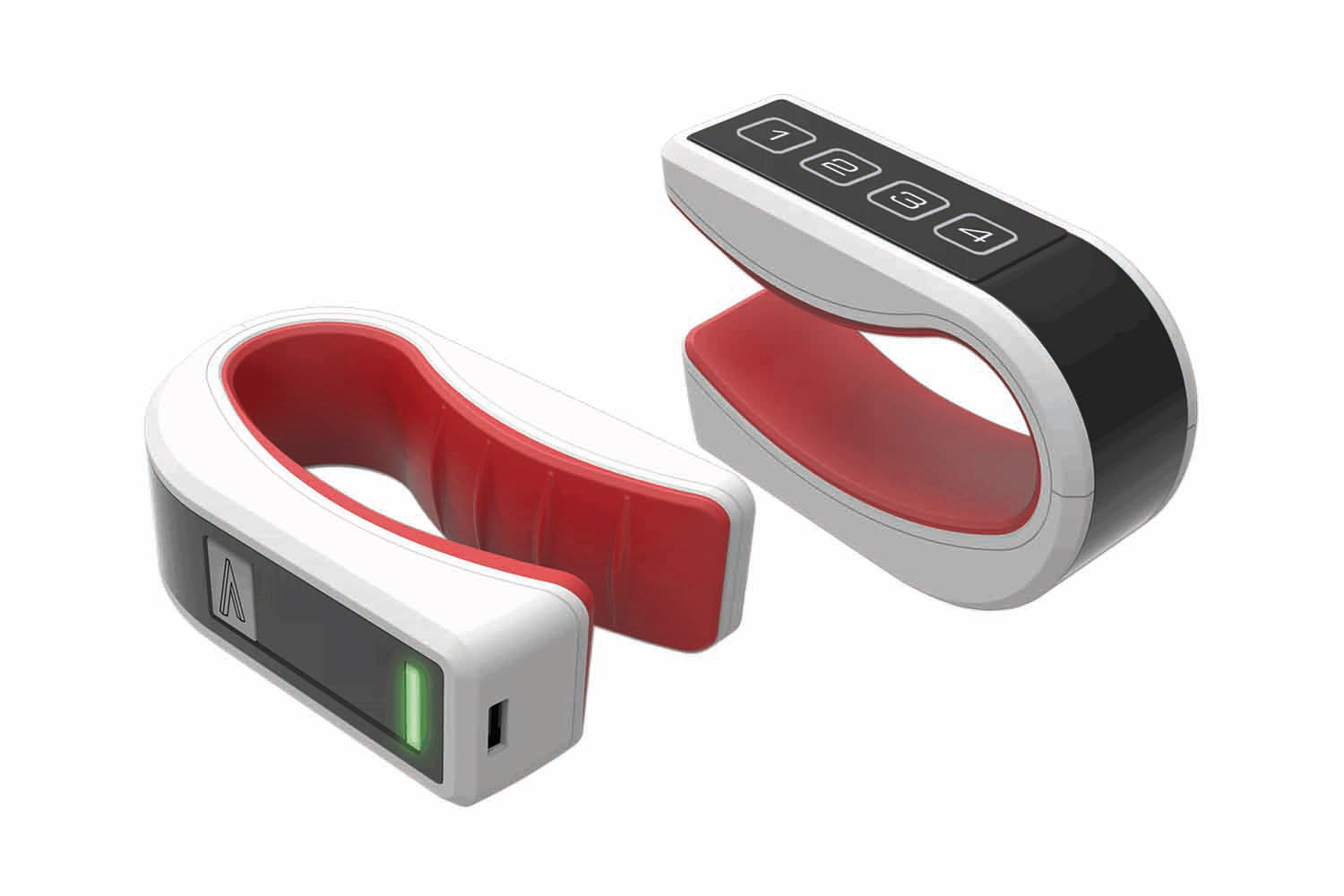Discover our revolutionary concept of IoT-enabled wearable devices.
Discover our revolutionary concept of IoT-enabled wearable devices designed to revolutionize the way we treat and heal the human body. Despite the initial hype surrounding the Internet of Things (IoT), it has taken a few years for world-shaking innovations to materialize. However, there have been remarkable developments that indicate the pivotal role of IoT in the future of medicine. This is particularly good news for TACTIGON SKIN SDK users, as wearable devices have emerged as a prominent tool in enhancing medical capabilities and aiding in diagnoses and monitoring.
Helping the Sensory Impaired to See, Speak and Hear.
One significant way in which wearable technologies are transforming medicine is by assisting individuals with sensory impairments. Specialists in treating hearing-impaired and visually impaired individuals are among the pioneers in harnessing the potential of wearables. By leveraging IoT capabilities, these devices can help those who are deaf, blind, or have speech impairments to see, speak, and hear.
For manufacturers looking to develop their own devices using TACTIGON SKIN SDK, it is crucial to take note of these technological innovations and incorporate them into their designs. The possibilities within the realm of IoT for medicine are immense, and wearable devices are proving to be an integral component in this transformative revolution.


Giving Doctors New Capabilities to Heal.
Wearable devices in the field of medicine, also known as IoT (Internet of Things) wearable devices, are revolutionizing the capabilities of doctors, and improving patient care. These technological innovations are empowering healthcare professionals with new tools and transforming the way medicine is practiced.
One example of IoT wearable devices is the Archelis device, which attaches to doctors’ feet during challenging surgical procedures. This device provides support to their muscles, offering massages to their glutes and assisting them in coping with the physically demanding and intricate tasks that come with prolonged surgery. By alleviating the strain on doctors’ bodies, these wearables enhance their performance and well-being, ultimately leading to better outcomes for patients.
Additionally, IoT wearable devices are being used to monitor patients remotely. By equipping patients with wearables, doctors can conduct “walking tests” to assess physical fitness without patients having to be present at hospitals. This not only saves time and resources but also frees up hospital space for those in critical need. Moreover, fitness trackers and home monitors connected to the IoT provide real-time updates on vital signs such as heart rate and blood pressure, aiding doctors in monitoring patients’ health conditions more effectively.
What Does the Future Hold For Medical Wearables?
The convergence of wearable devices, IoT technology, and medical advancements is creating an extensive range of capabilities for doctors. These innovations make medicine more convenient for patients by allowing remote assessments and monitoring, ultimately leading to improved clinical outcomes. The combination of wearable devices and the IoT in the medical field is paving the way for significant advancements and transforming healthcare as we know it.
